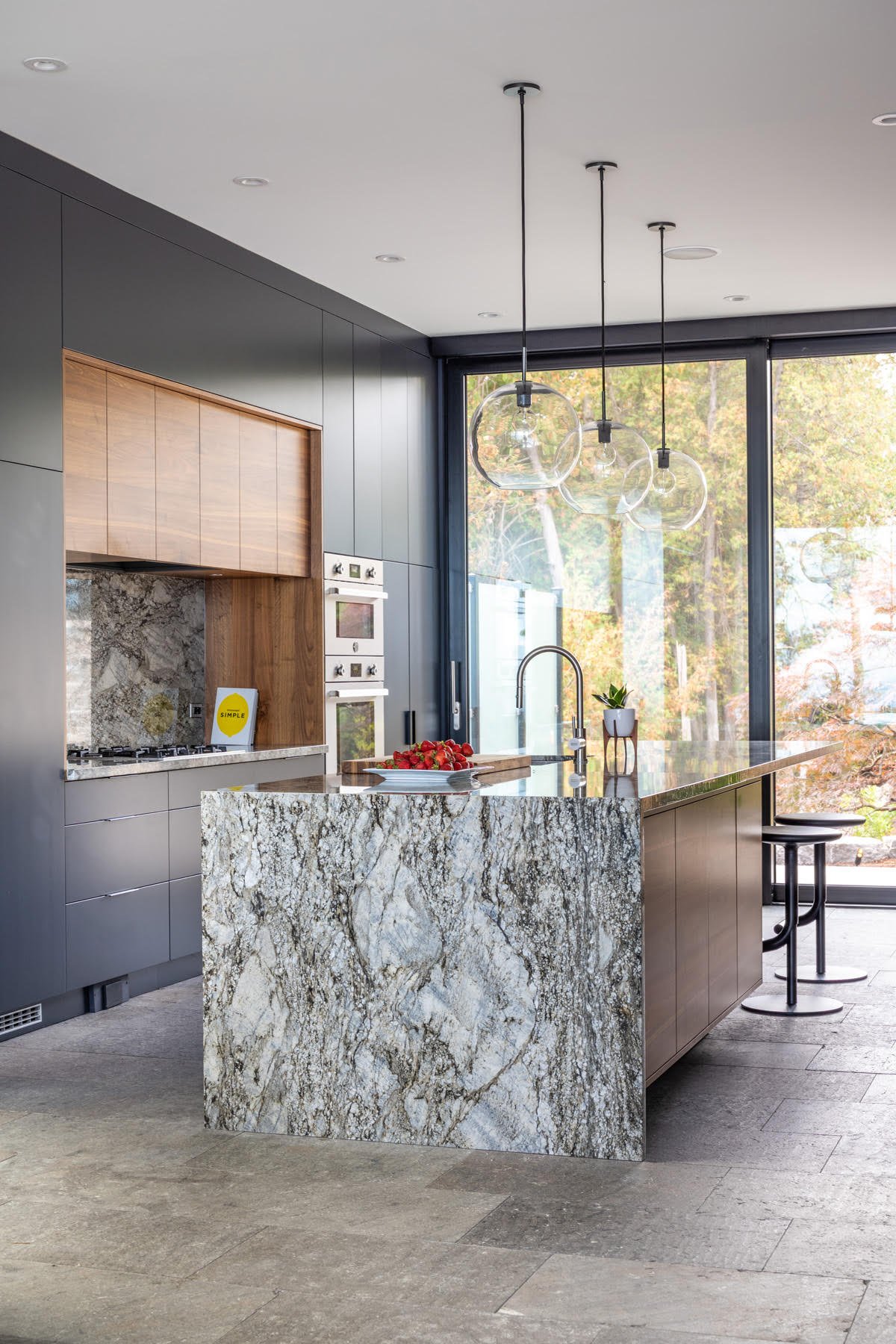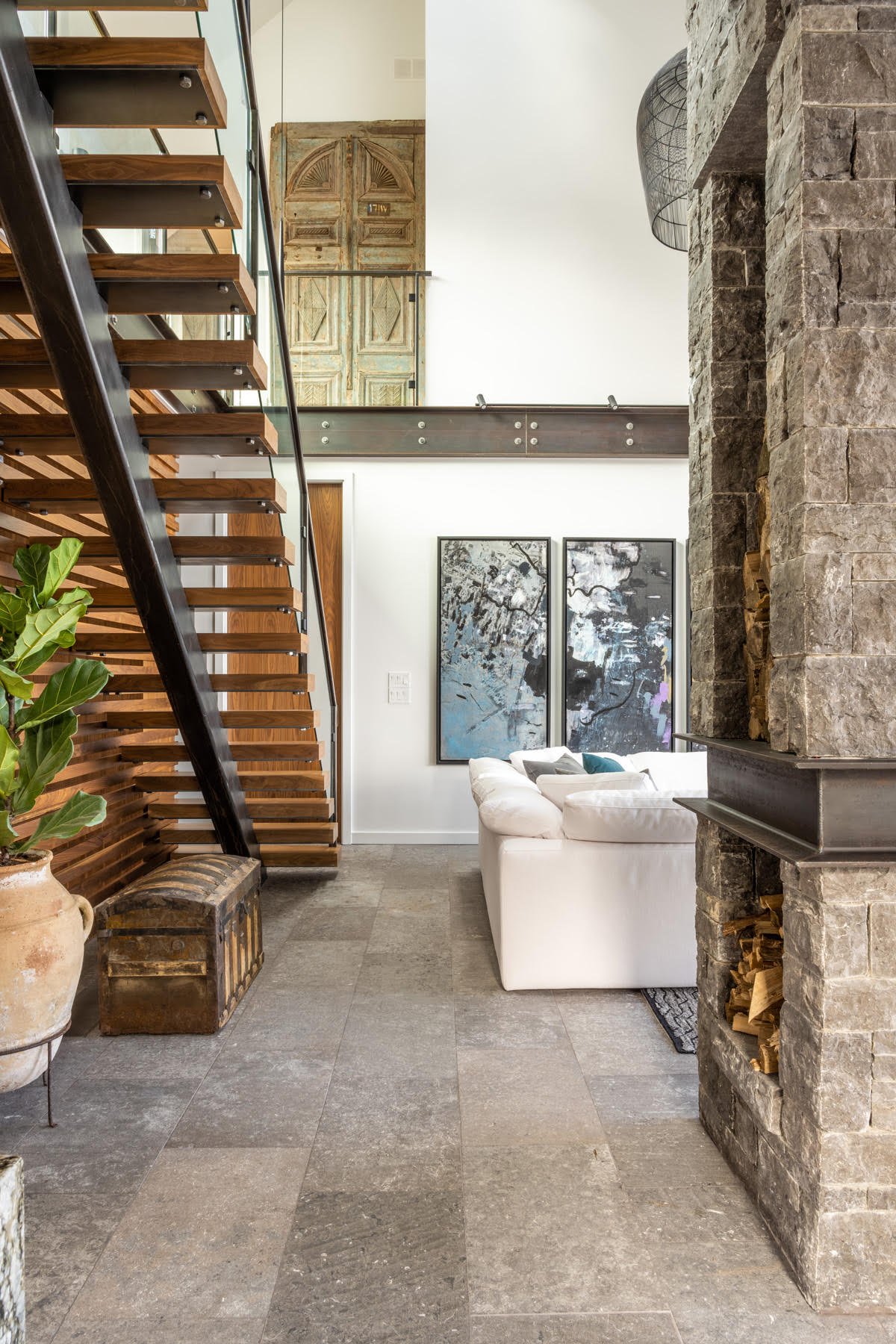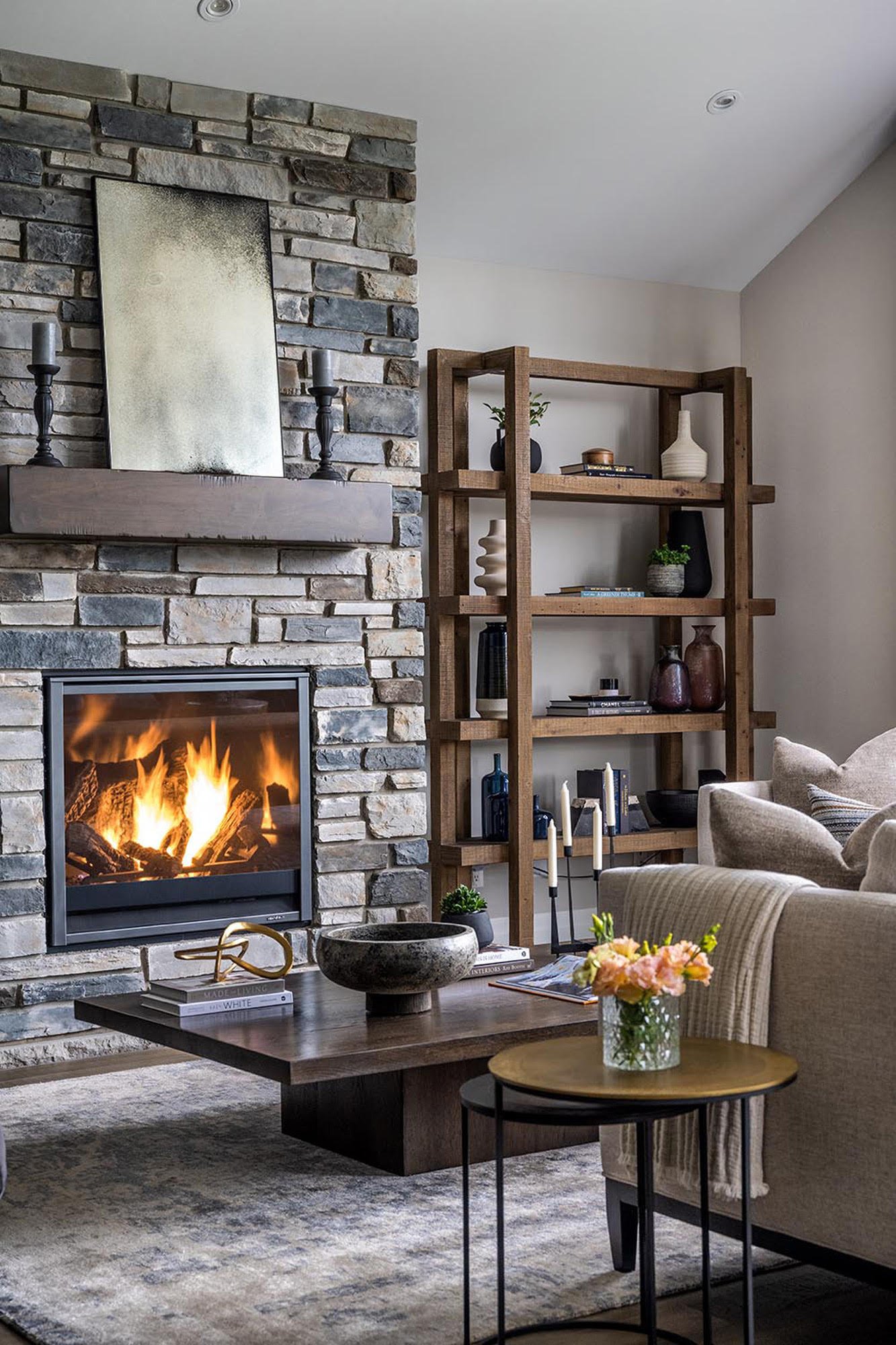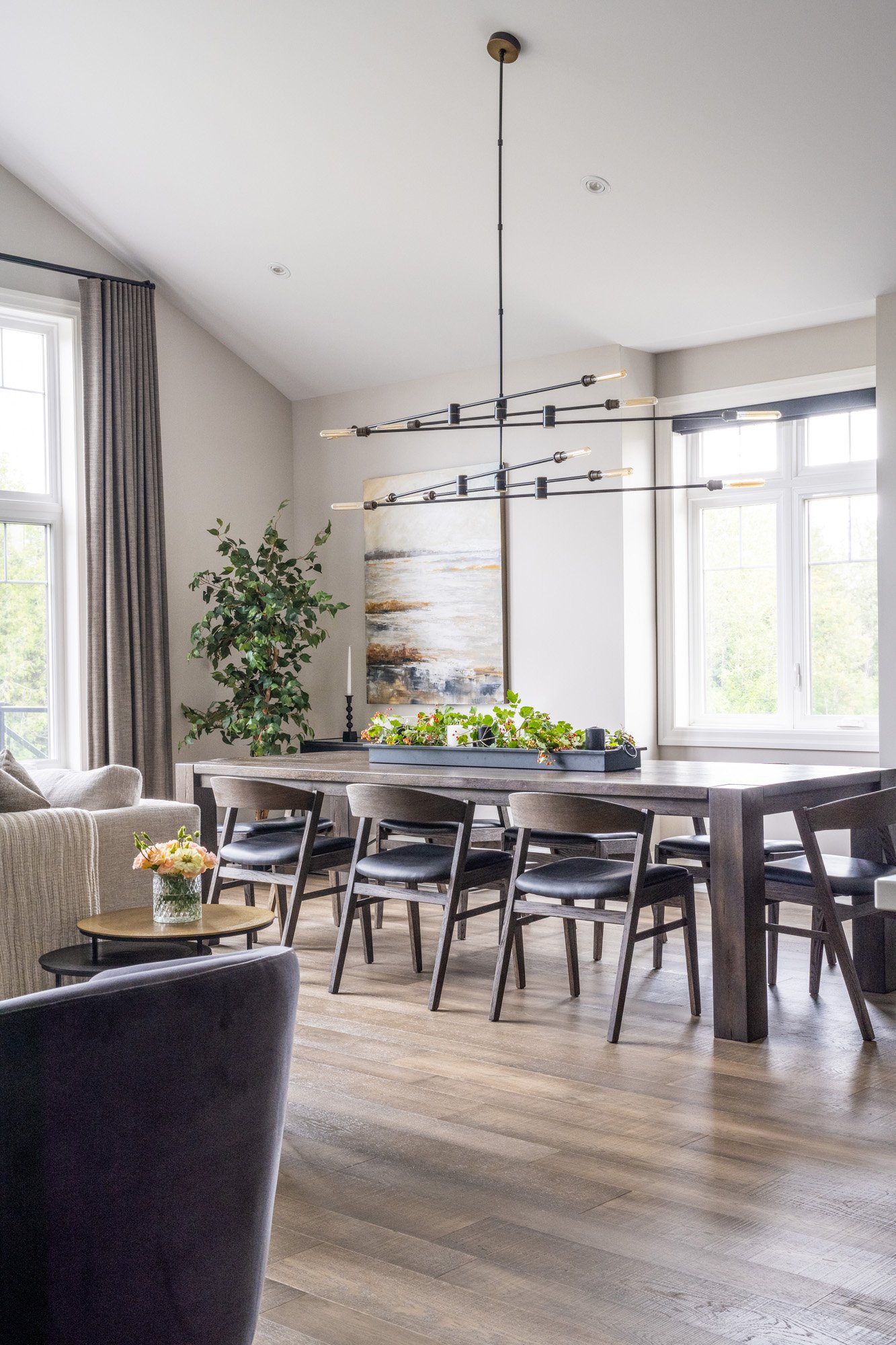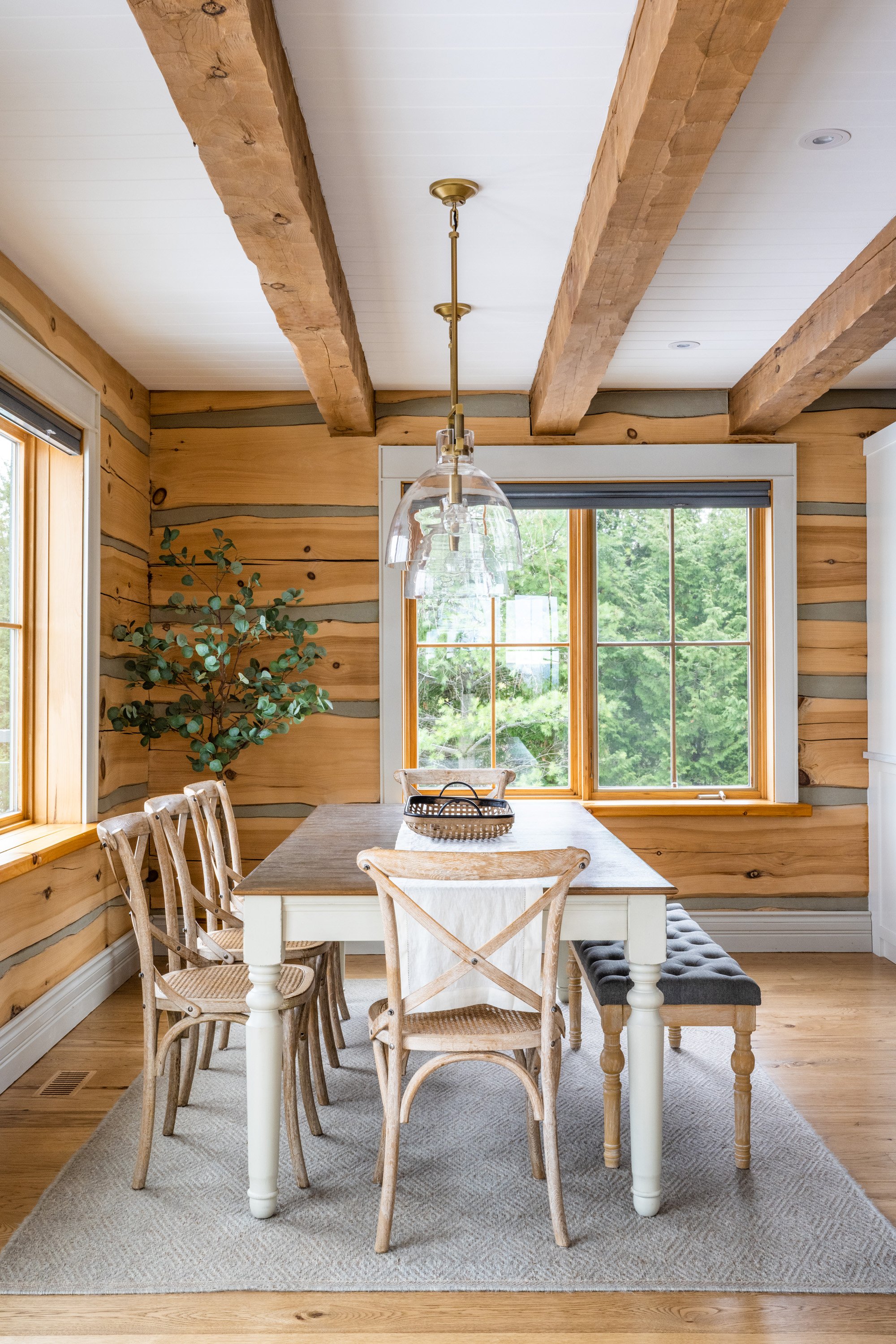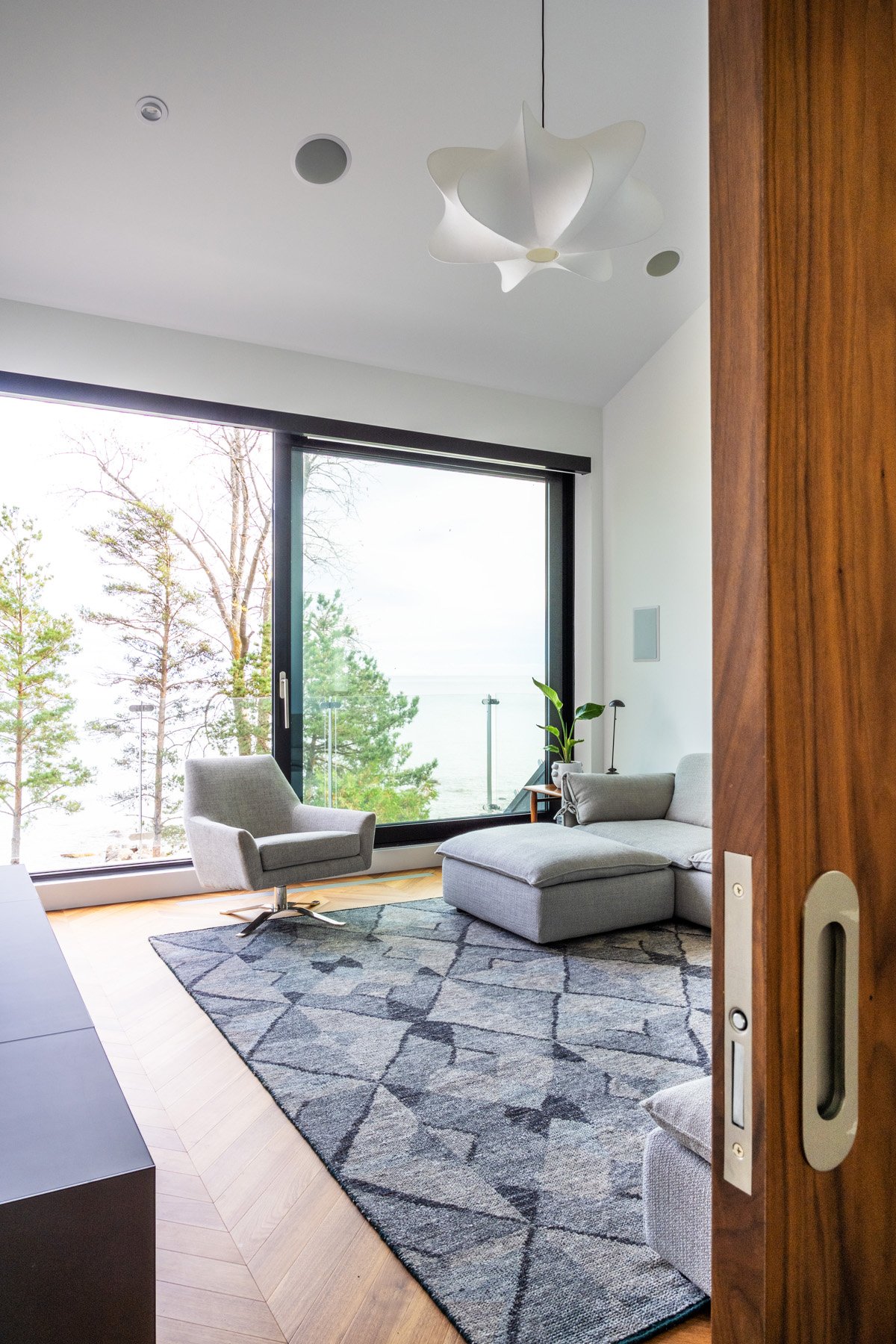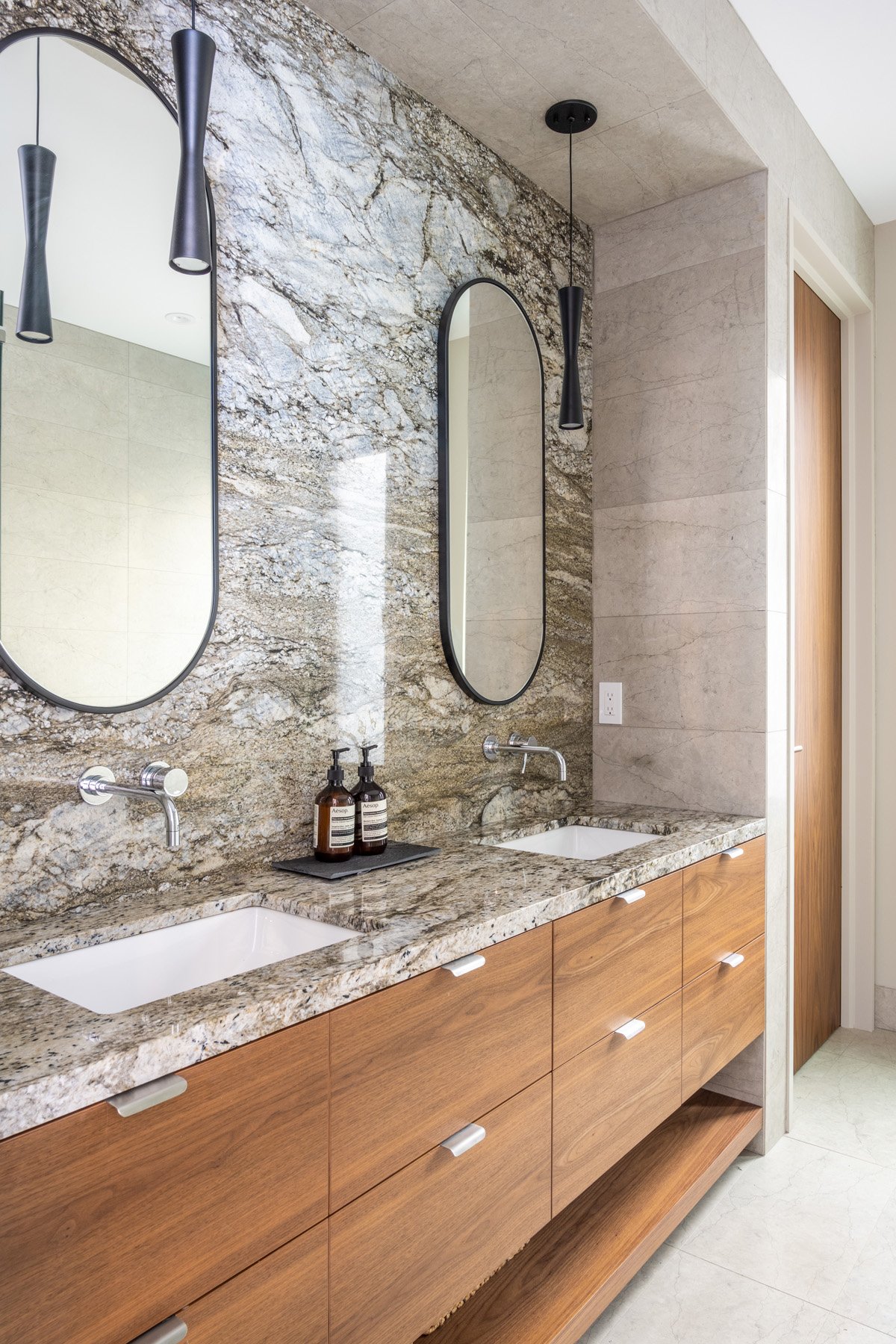The Basics of Biophilic Design
At the core of biophilic design lies the recognition that a deep, intrinsic bond exists between humans and nature. By incorporating natural elements into indoor spaces, biophilic design enhance our physical and mental well-being by embracing the tranquility of nature. In this post, we explore the fundamental principles of biophilic design, discovering its remarkable influence on our overall quality of life, productivity, and profound connection with the natural world. We’ll discuss its contemporary relevance and the universal principles used to realize its benefits in any space.
What is biophilic design?
Biophilic design studies the intersection between nature, human biology and the built environment. Simply put, biophilia is the human need to connect with nature, and biophilic design is about creating a space that fosters this connection. Interior designers and architects integrate nature by employing various strategies, including optimizing exterior views, maximizing natural light, incorporating organic shapes, opting for natural materials, embracing earthy colour palettes, and integrating natural elements like fire, water, and foliage.
While sustainable design practices primarily prioritize the environment, biophilic design distinguishes itself by placing a central emphasis on occupant well-being. Granted, the strategies utilized in biophilic design are intricately linked to sustainability, as the two approaches go hand in hand.
A Brief Background
Despite its current surge in popularity across various industry sectors, the concept of biophilic design predates the modern era. Extensive research has confirmed our deep-rooted connection with nature formed during our evolutionary development and its influence continues to play a significant role in how we feel and function within our built environment.
Erich Fromm, a notable German psychologist, is credited with introducing the term "biophilia" in 1973, defining it as the psychological orientation of being attracted to all that is alive and vibrant. Building upon this concept, designer E.O. Wilson developed the notion in the early 1980s that humans possess an innate inclination to connect with nature and derive comfort from natural environments. Dr. Stephen R. Kellert, a distinguished professor of social ecology, made notable contributions to the field of biophilia, collaborating with Wilson on various publications, including the profoundly influential, The Biophilia Hypothesis. Kellert believed that at the core of biophilic design lies our intrinsic yearning for aesthetic, intellectual, cognitive, and spiritual meaning.
Benefits of Biophilic Design
Numerous studies have examined the influence of biophilic design on our experience of interior spaces, revealing a wide range of advantages that span the physical, mental, and behavioral domains. Some of the benefits include:
Improved physical health, including lowered blood pressure
Reduced stress and anxiety levels
Improved mood and focus
Enhanced creativity and productivity
Increased energy levels
Proof of our innate affinity for nature has been evidenced in the hard-wiring of our brains. In one study, researchers examined the brain scans from participants who viewed natural scenes and compared them to those who viewed urban settings. When viewing scenes with trees and greenery, the hippocampus—the area of the brain responsible for emotion and memory—lit up more than when participants viewed scenes of urban areas. This suggests that there is something about seeing plant life that evokes positive emotions and pleasant memories, leading us to feel more at ease and content.
Further evidence of nature’s healing abilities is demonstrated in PaRx, an initiative designed to increase the rate at which doctors prescribe time in nature to reduce stress and improve mental and physical health. Just some of the benefits cited in the PaRx literature include reduced risk of developing heart disease, high blood pressure, lung infections and diabetes in adults. In children, time outdoors results in higher test scores and graduation rates, and as little as a 20-minute walk in nature for kids with ADHD can improve concentration scores similar to the effects of prescription medication.
Biophilic Design Strategies
Architects and interior designers harness the healing power of nature in the built environment through a variety of design elements and methods. Some of the main strategies include designing for numerous indoor/outdoor living spaces, orienting spaces for optimal views to the outdoors, and incorporating natural materials such as wood, stone, cork, cane, and natural fibers. Other elements such as a wood-burning fireplace or a water feature can evoke the feeling of being outdoors.
With each strategy comes various benefits. For example, planning for optimal windows, doors and skylights capitalizes on three biophilic design strategies: ample natural light, natural ventilation, and views to the outdoors — each with its own benefits. Natural light regulates our circadian rhythm, fundamental to our sleep schedule and overall wellness. Equally important is our access to fresh air: on average, we spend approximately 90 percent of our time indoors, where the concentrations of some pollutants can be 2 to 5 times higher than typical outdoor concentrations. Finally, as mentioned earlier, views of nature improve our mood by creating a sense of calm.
Relevance Today
In recent years, biophilic design has been increasingly embraced across various industries, as exemplified in Pinterest’s 2022 report. Despite seeming like a trendy concept, the practice of incorporating nature into the built environment has been in existence for decades. Its growing popularity comes at a crucial juncture, addressing mental health challenges exacerbated by the global pandemic and the pressing need to tackle climate change.
The design industry is known for its negative environmental impact, encompassing shipping, wasteful packaging, renovation turnover, and chemical use in fabric and finish production. Implementing biophilic design offers a valuable solution to enhance our overall quality of life, particularly within the spaces where we spend most of our time, such as our homes, workplaces, and educational institutions.
“Nature is not a place to visit. It’s home.”
— Gary Snyder
At Leah Simpson Design, we hold a deep appreciation for the practice of biophilic design, as it allows us to create spaces that nurture the well-being of our clients both physiologically and spiritually. We believe that home should be a sanctuary, a place where our clients can truly connect with the serenity of nature and experience the beauty of organic materials.
We approach every project with a holistic and eco-friendly mindset to create spaces that foster our clients' well-being while honouring the natural environment. Working on the magnificent properties of Georgian Bay is a dream come true for interior designers like us. The privilege of designing a home to reflect the natural beauty and allure of this exceptional region drives our passion for creating remarkable spaces. Through thoughtful design choices, we create immersive havens that resonate with our innate affinity for the natural world.

